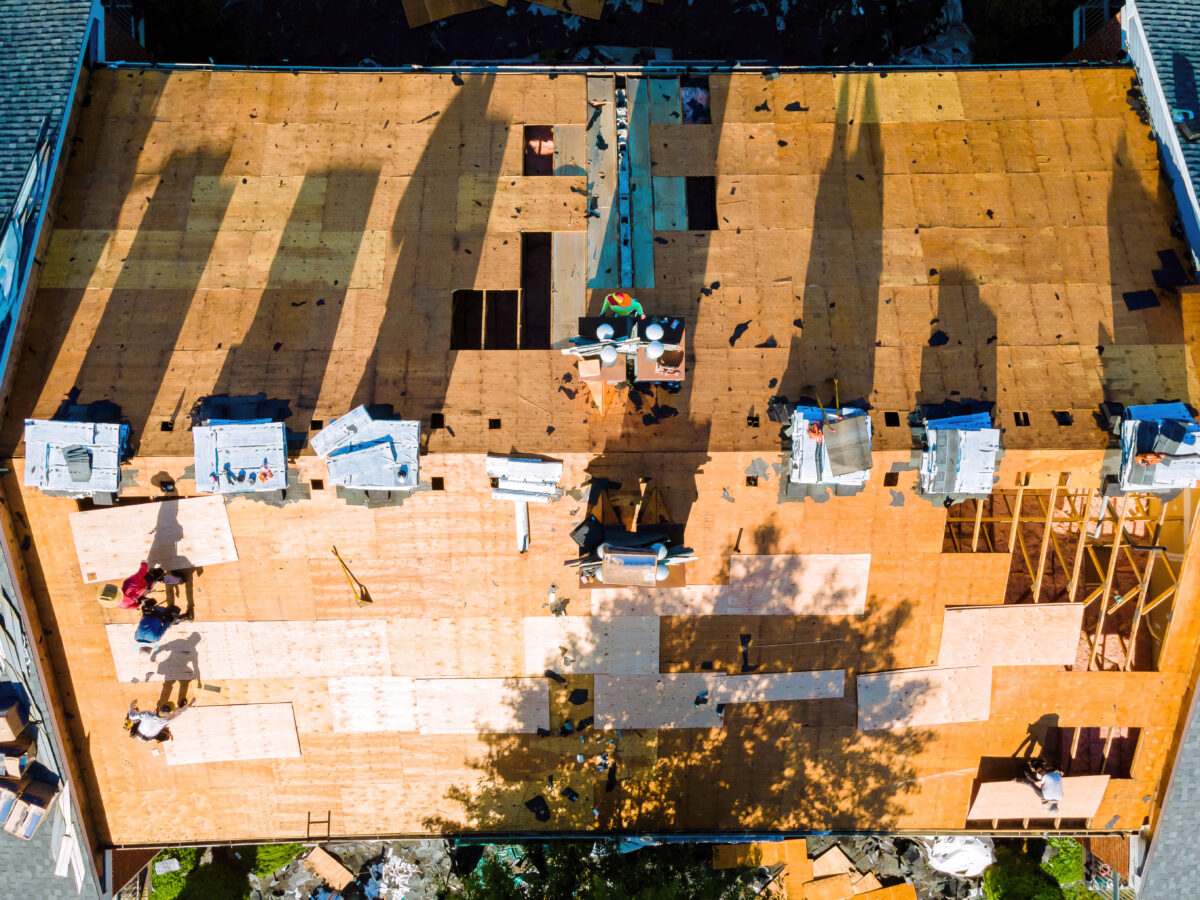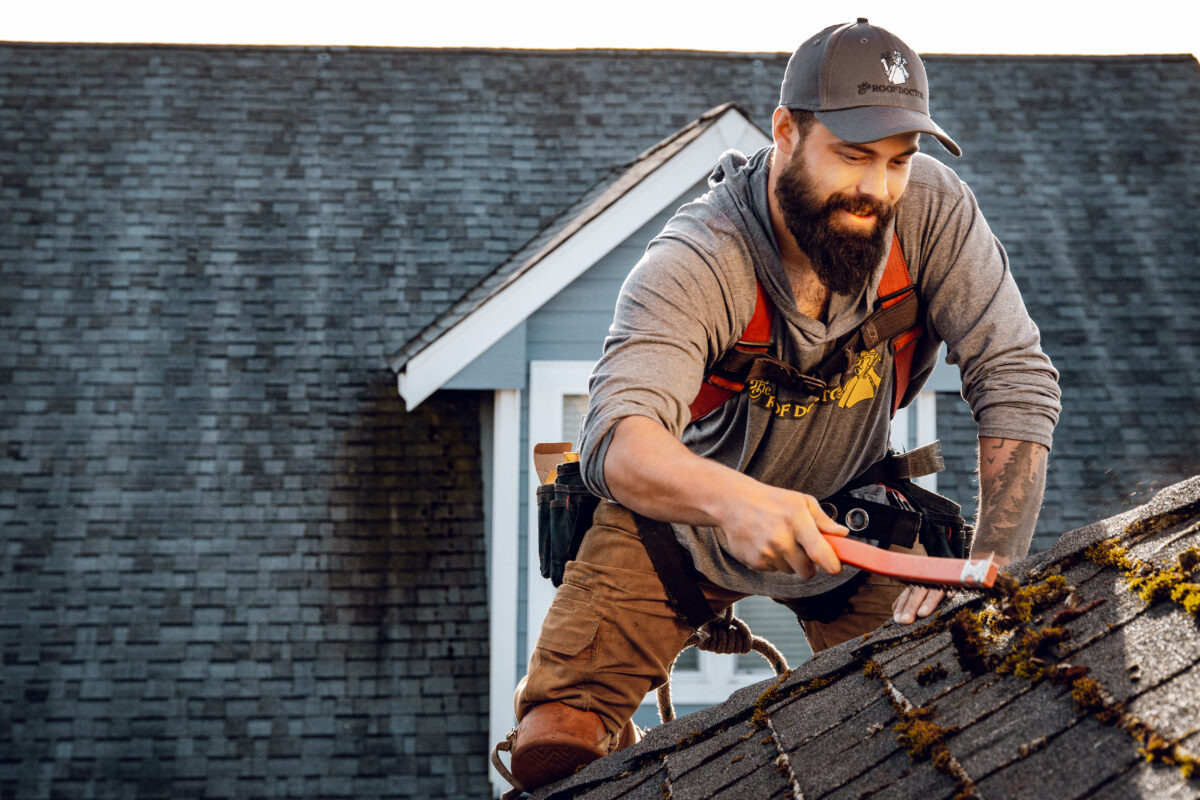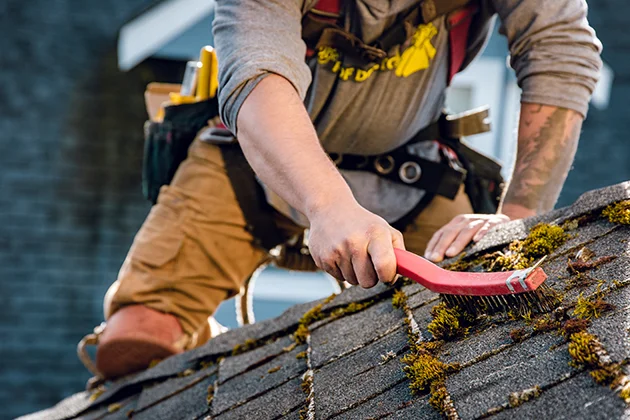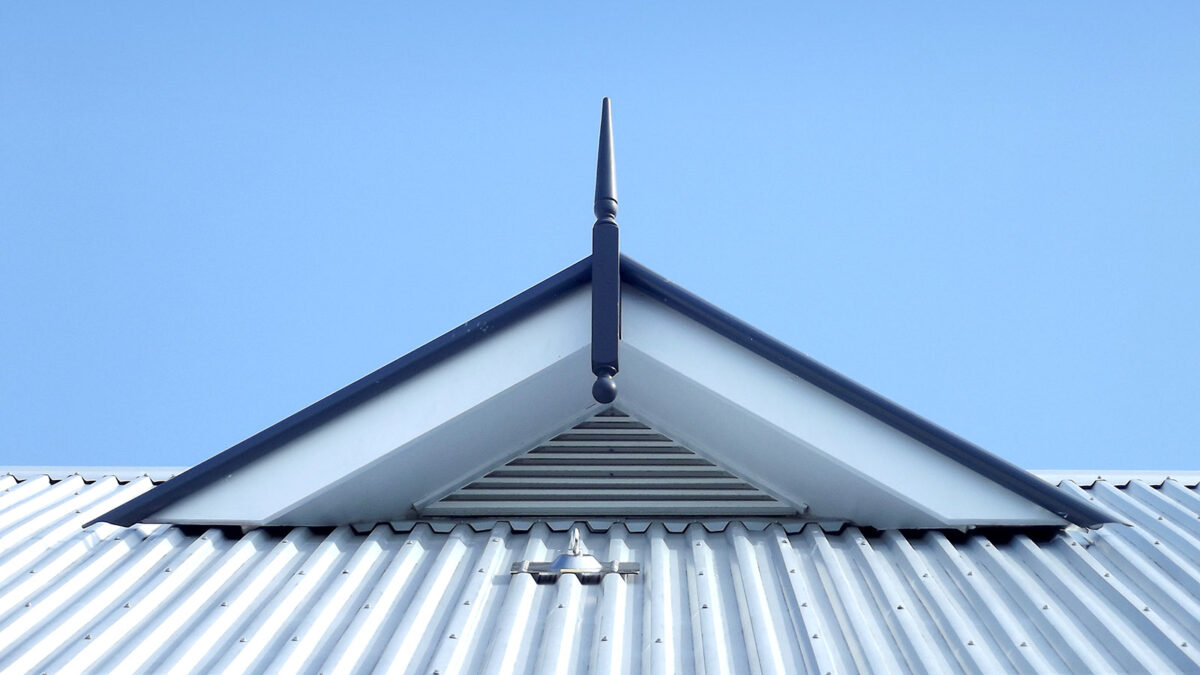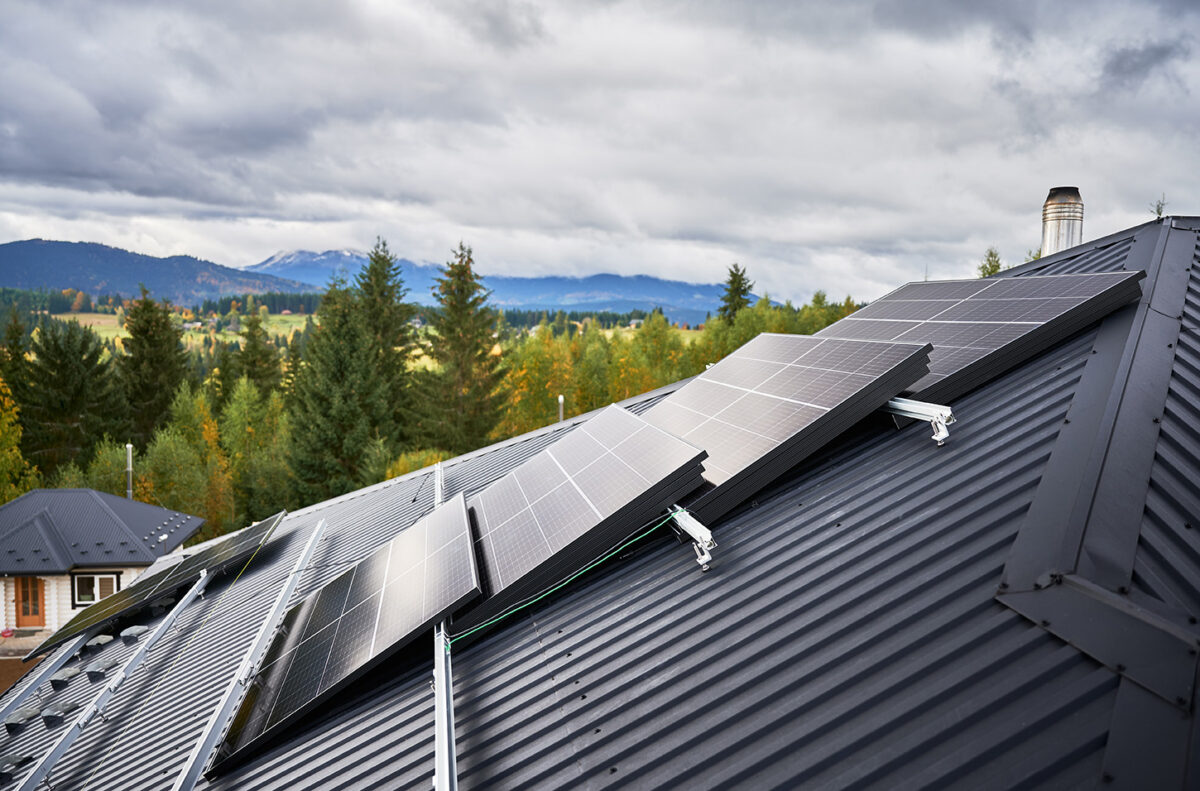Understanding Roofing Permits and Regulations in Pierce County
Whether you’re building your first home or replacing the roof of the one that has sheltered your family for years, you are most likely aware of the issue of roofing permits and regulations. However, there’s a big difference between knowing about these building hurdles and knowing how they work for your situation. There are a lot of moving parts that go into building or replacing a roof, but adherence to the local laws and regulations may be one of the most important. Don’t let yourself sit in ignorance–it only takes a short slice of time to educate yourself. Let’s make your next roofing projects as safe and legal as possible!
Roofing Permits in Pierce County: a Breakdown
What Is a Roofing Permit?
Simply put, a roofing permit is an official authorization from the local government giving you permission to carry out construction or renovation on your roof. They help to ensure that you remain safe, use materials the right way, and, of course, adhere to any local building codes. This means that as much as it might be tempting to overlook them, they are paramount to the success of your project.
When Is a Permit Required?
In Pierce County, a roofing permit is required for most projects that include structural changes. For example, if you’re planning to replace your roof by altering or removing roof sheathing, you’ll need to obtain a permit. The same goes for:
- Modifying roof structures, including retaining walls and load-bearing elements
- Installing a new roof system on a newly constructed building
When a Permit Is Not Required
Some roofing projects can be done without a permit. Typically, you don’t need one for minor, non-structural repairs, or reroofing a home with slopes greater than 2′ in 12′, provided the new roofing materials weigh less than 7.5 pounds per square foot. However, it is wise to search for permits or contact local officials if you find yourself in any doubt.
How to Get a Roofing Permit in Pierce County
- Determine the permit requirements: Check with the Pierce County Planning & Public Works Department to confirm whether your project requires a permit.
- Prepare documentation:
- Project plans or drawings
- Description of roofing materials to be used
- Contractor information (if applicable)
- Submit the application: You can usually do this online through the Pierce County permit portal or in person at a local government office.
- Pay the required fees: Fees vary based on the scope of the project.
- Schedule inspection: Once your permit is approved, you may need to schedule interim and final inspections to close the permit properly.
The Importance of Inspection and Compliance
What Happens During a Roofing Inspection?
A roofing inspection isn’t personal–it’s simply for your safety. An inspector will usually keep an eye out for improper installation, structural integrity of the new roof, and compliance with safety and zoning regulations. Skipping an inspection or failing to close your permit after completion could result in fines or issues during real estate transactions.
Consequences of Non-Compliance
If you start a project without a permit where one is needed, you can face:
- Legal fines and penalties
- Delays in selling your home due to open building permits
- Voided homeowner insurance claims for unpermitted work
So despite the hassle, we advise going the legal route and making sure you have all the right permits and follow local regulations when you get started on your latest project.
Additional Records to Consider
Critical Areas and Zoning Laws
Some properties, such as flood zones, wetlands, and steep slopes in Pierce County fall under critical areas regulations, which may impose additional restrictions on roofing work. If your home is in a regulated area, additional approvals or modifications may be necessary before beginning your project. If you’re not sure, your best bet is to contact your local officials.
Storage Sheds and Roofing Permits
If you’re roofing a storage shed, size and structural considerations determine whether a permit is required. Generally, sheds under 200 square feet do not require a permit, but it’s best to confirm with local authorities.
Closing Thoughts
Understanding when a permit is needed and how to follow the application process are vital for any roofing project in Pierce County. Verifying public records ensures that past work aligns with regulations, and addressing open permits prevents future issues during real estate transactions. Properly navigating these steps protects your investment and keeps your project on track.
How The Roof Doctor Can Help
Navigating roofing permits and regulations can be overwhelming, but you don’t have to do it alone! The Roof Doctor is your trusted roofing contractor in western Washington, offering expert guidance and services to keep your roof in top shape. With over 60 years of experience, our family-owned business provides quality service and an experienced team familiar with the legal ins and outs of our own home state of Washington.f.to help. Contact us today to schedule your consultation and keep your roof watertight for years to come!



